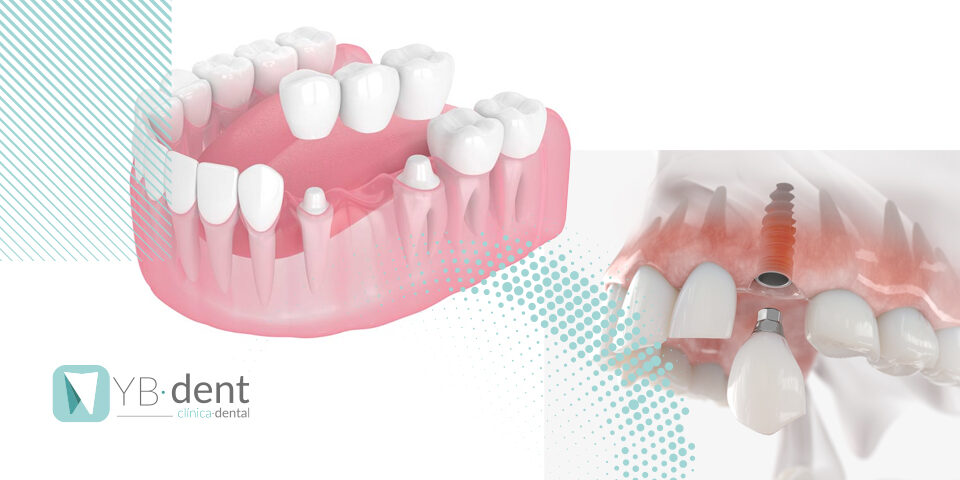Peligros del bicarbonato en nuestros dientes

A lo largo del tiempo se ha hablado mucho acerca de cepillar los dientes con bicarbonato y ha surgido mucha controversia sobre este tema. ¿Es bueno cepillar los dientes con bicarbonato? En el post de hoy queremos hablar de ello.
¿El bicarbonato blanquea los dientes?
El bicarbonato sí que blanquea los dientes, pero antes de empezar a utilizarlo debes saber varios puntos.
Lo primero que debes comprender es que nuestros dientes no son blancos. Nuestro esmalte dental en realidad es translúcido y lo que da color a nuestros dientes es la dentina. La dentina es un tejido dental que está debajo del esmalte.
La dentina es de color amarillo, por lo que ese color es el que se refleja en nuestros dientes. En cambio, lo que sí que puede oscurecerse es el esmalte dental debido a ciertos hábitos como puede ser fumar, tomar café, comer algunos alimentos o beber vino. Aquí es cuando el bicarbonato puede resultar de ayuda.
Al cepillarte los dientes con bicarbonato puedes deshacerte de manchas y aclarar un poco el esmalte. Sin embargo, es importante acudir a tu dentista y que él mismo te haga el tratamiento, ya que tendrá un efecto más rápido y eficiente.
Peligros del bicarbonato en nuestros dientes
Hay muchas opiniones sobre la utilización del bicarbonato de sodio, ya que en pequeñas concentraciones puede ser inofensivo, mientras que en grandes cantidades y mezclado con otros productos puede llegar a ser peligroso para el esmalte dental. Algunos de sus peligros son los siguientes:
- Al mezclarlo con agua oxigenada puede irritar las encías.
- Si mezclas el bicarbonato con productos que tienen pH ácido puede ocasionar sensibilidad dental.
- Si utilizas el bicarbonato de sodio como pasta de dientes y no utilizas otras pastas de dientes puede ser que favorezcan la aparición de caries. Esto se debe a que el bicarbonato de sodio no proporciona el flúor necesario que sí que está presente en muchas pastas de dientes.
- Tiene un sabor y una textura desagradable. Puedes sacarle provecho a sus beneficios probando algunas pastas de dientes que incluyen bicarbonato de sodio, ya que tienen una textura y un sabor más agradable.
Beneficios de lavar nuestros dientes con bicarbonato de sodio
– Reduce la placa y la gingivitis
Las biopelículas pueden causar problemas como las caries y la gingivitis. Esto es porque la biopelícula, que son colonias de bacterias, se adhiere a la superficie de los dientes. Al cepillarse los dientes con bicarbonato se interrumpen las biopelículas, por lo que se reduce el número de bacterias y previene daños en las encías y en los dientes.
– Puede disminuir las bacterias
Algunas bacterias necesitan de condiciones ácidas para sobrevivir y actuar en la boca. Si te enjuagas la boca con bicarbonato y agua, el pH de la boca aumenta y la hace menos ácida. Por eso, su utilización como pasta de dientes puede disminuir la aparición de caries.
– Elimina las manchas superficiales de los dientes.
El bicarbonato de sodio es un abrasivo suave que puede eliminar las manchas exteriores de nuestros dientes. Por eso, este ingrediente se suele utilizar en muchas pastas comerciales.
¿Recomendamos el bicarbonato?
Los tratamientos milagrosos no existen y el hacer uso de estos remedios caseros pueden ocasionar daños a tu dentadura. Por eso, te recomendamos que si quieres blanquear tus dientes lo hagas a través de un profesional de la odontología.
Es importante primero asegurarte de que el tratamiento no afecta a tus encías, ni a los tejidos blandos, ni a tus dientes. Un ejemplo de ello es que si tienes una caries, no puedes realizarte el tratamiento hasta que no se trate previamente.
Si buscas blanquear tus dientes te invitamos a contactar con nosotros, en YBdent nuestros dentistas podrán ayudarte a conseguir la sonrisa saludable que tanto deseas.



